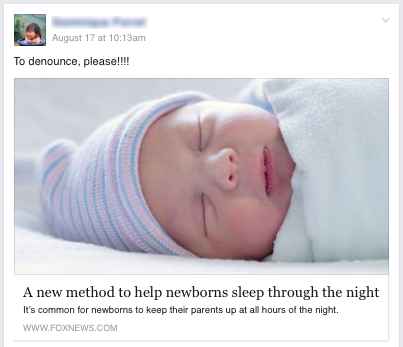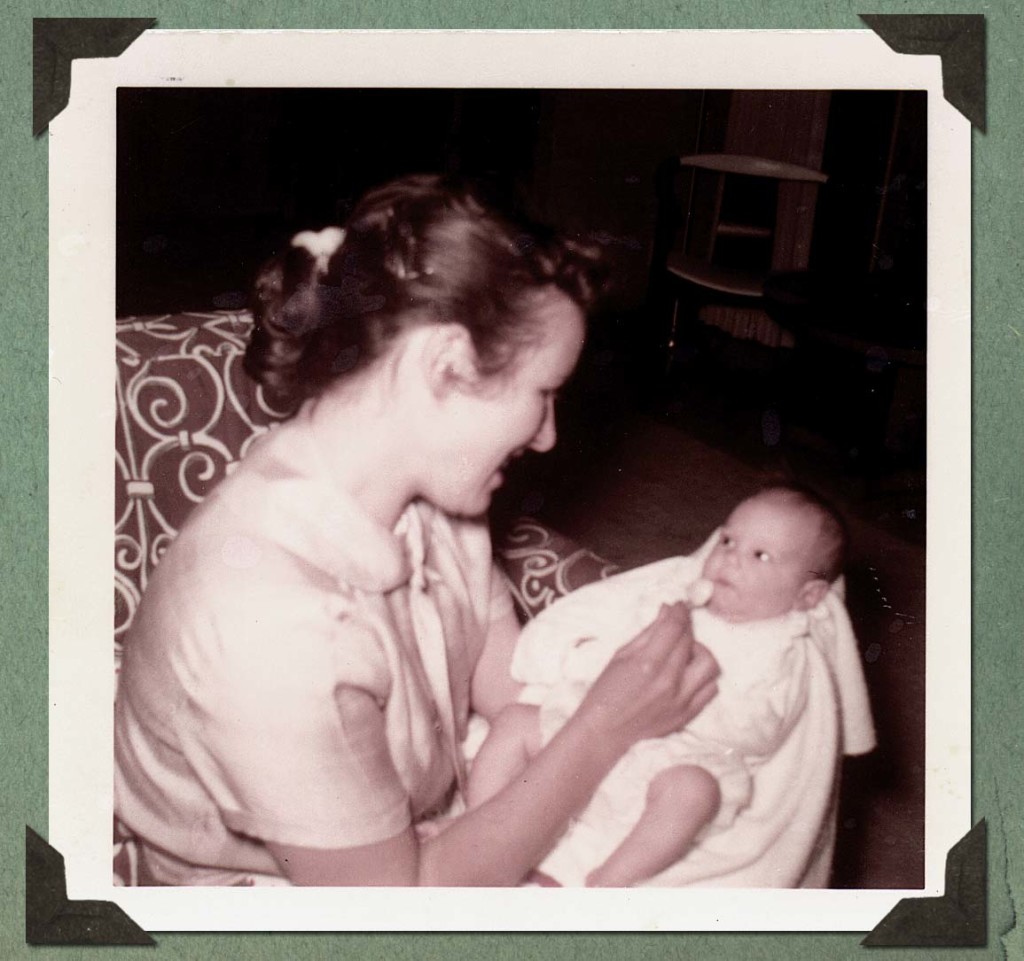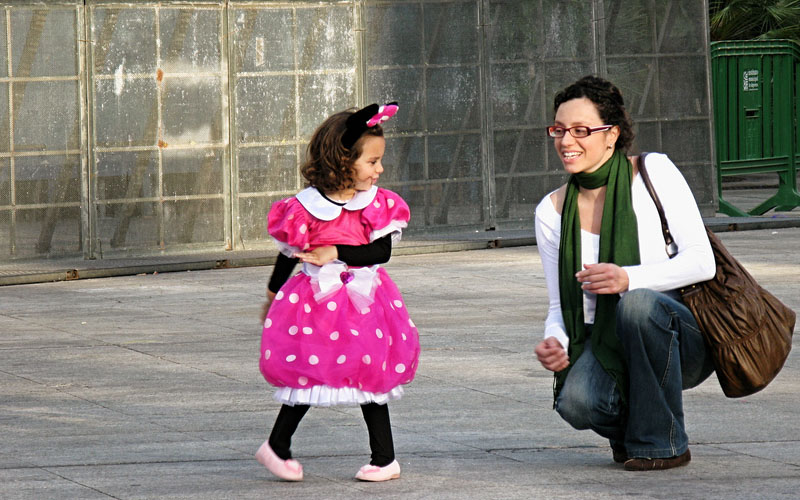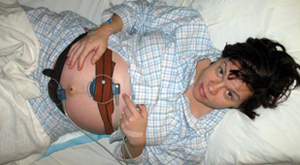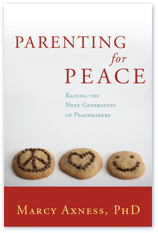This year I’m blessed with TWO Thanksgivings! My son Ian flew out from NYC to spend his first California Thanksgiving since (as far as he and I could figure out) his freshman year in college — that is, nine years ago!
I’ve been “off-duty” from blogging, posting, tweeting and the like, since Friday. I treated myself to really savoring the grocery shopping, home care and general preparation for Ian’s arrival to my mountain cottage. I’m wishing the same for you — moments, even fleeting ones, that are set apart from the normal routine. Moments in which to pause and feel that enlivening wave of gratitude.
I cooked a full-on Thanksgiving feast for the evening Ian arrived, on Sunday. The next day we went on a forest outing to take in the fresh air, gorgeous sun… and forage for great fire kindling! We did some cool local brew IPA tasting, watched select TV highlights and a couple movies, and shared lots of wonderful conversation. We caught up in that deep heart-way that really only happens in person, and when there are many hours here and there over a few days.
Ian just now hit the road back to L.A. to spend actual Thanksgiving with his dad and grandmother. I sent him forth equipped with multiple containers packed with leftover food. (It’s official: I have become my mother-in-law, the aforementioned grandmother. At least in that regard.)
Ian’s younger sister Eve is three weeks into a 2-month artist’s residency in upstate New York. She could spend the holiday with a college friend whose family invited her, but that would mean missing five days at her studio. So she’s chosen instead to stay at the residency grounds with a handful of other artists.
Not long before Ian left, I got a text from Eve: “Can I have your stuffing and cranberry sauce recipes?”
Mmmm, wave of gratitude.
I plan to spend time on the (good ol’-fashioned) phone over the next few days connecting with friends & family without the usual “tick-tock” time pressure that busy-life-as-usual tends to exert. Thursday I’ll go with Larry to spend turkey day with some of his family, and meet lots of new people.
My wish for you is the opportunity to be present to YOUR blessings, with the gift of a lightened agenda. A pause in the typically daily To-Do roster.
So… (for those of you in the U.S., that is) what might you drop off your To-Do list these coming few days to help mark Thanksgiving in a more joyful, thankful way??
Catch you on the flip side of thanks!
Blessings,
Marcy
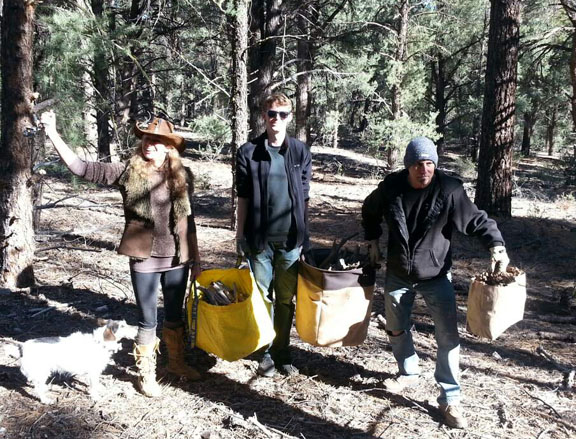


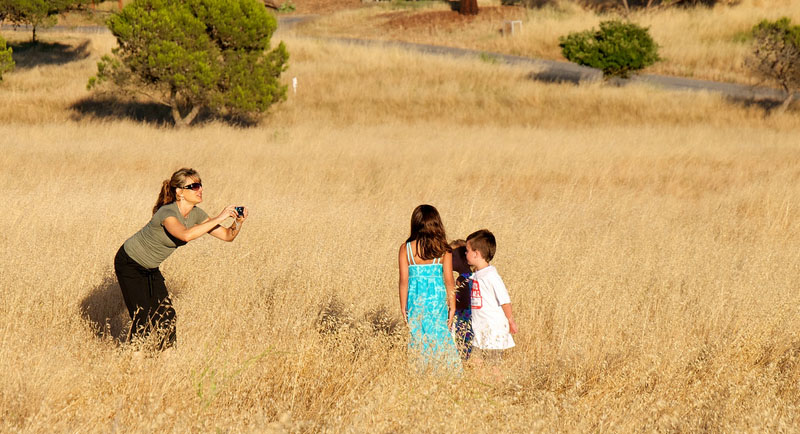
 “But they’re so awful!”
“But they’re so awful!”

